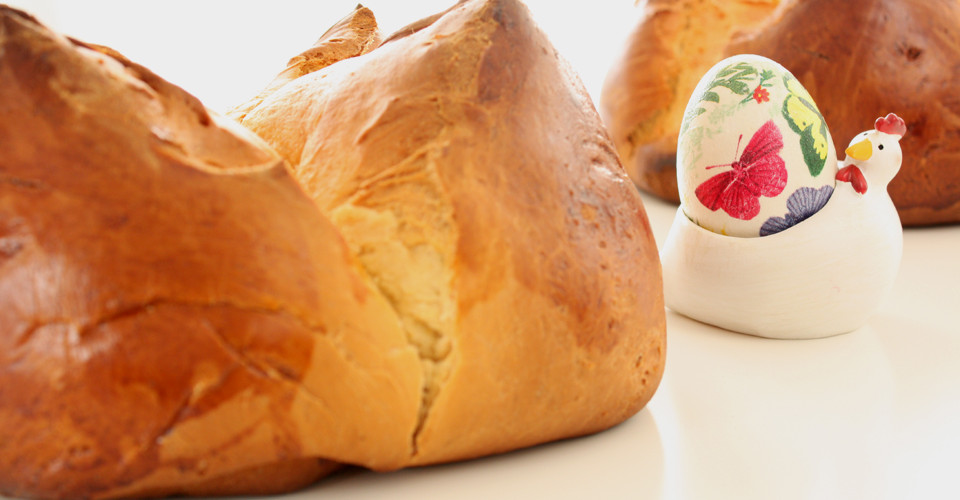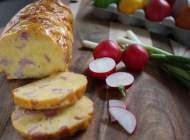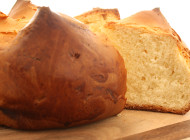One of the greatest and most beautiful Catholic holidays, Easter, is abundant with interesting customs which have been our heritage for ages. During the Holy week, in the memory of the passion of Christ and his lying in the grave, people did not make any noise or racket. On Bright Friday land would not be farmed, bread would not be baked, and on Bright Saturday holy water and fire would be brought into houses.
On Easter Eve or early on Easter morning, food would be carried to church to be blessed in special baskets, and the remains after the meal would be burned or carefully preserved and then placed in the first furrow when ploughing. In the evening people would prepare great bonfires which were burned early in the morning and kept from extinguishing, after which the ashes would be scatered in the fields and gardens.
Among other beautiful customs which are kept till this day is also baking Easter bread and colouring eggs, symbols of Easter which are also Easter gifts.
“THIS EGG IS GIVEN FOR LOVE!”
Eggs, ancient symbols of rebirth, and Easter too, would be decorated everywhere in our country. Eggs would be coloured by onion or walnut shells, nettles, barks of trees, buck-water or crepe paper. Even though they would mostly be red, yellow or brown, in some parts they would even be black.
Eggs would also be decorated in various drawings, ornaments and labels which would be imprinted with vax, vinegar or brine, by attaching leaves, flowers and grass or with special wooden seals.
Easter eggs would be given to one another as a present, mostly to children, but also to friends, and as by tradition they were used to show affection and love, and were exchanged by girls and boys in love. Easter eggs were used for entertainment and games, so they would be hidden and sought, rolled or tapped.
EASTER, BREAD WITH AN EGG-SPREAD
Obligatory symbols of our Easter are special sweet breads, and breads made of fine white flour that was used only for holidays. Easter breads were at first salty, unleavened and mostly round, but decorated with ornaments imprinted by fork or pieces of pastry in the shape of flowers, leaves or Christian symbols.
After the sugar became more available, sweeter and finer breads are starting to be baked more, yeast breads with fat, eggs and milk, coated with yolk and sprinkled with sugar, which are under the Germanic influence in continental Croatia being replaced by the ingredients of richer form cakes and bishop’s breads.
In the coastal region and on the islands round sweet bagels originating from the Republic of Venice are being baked a long time ago – “pinca” bread or cheese pie owe their lovely yellow colour not only to the eggs, but also to saffron, and the aroma and taste to rosewater, glaced lemon and orange rind, raisins or pine nuts.






No comments yet. Be the first!